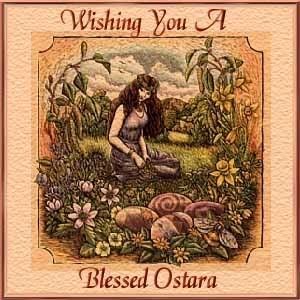There’s a reason Kevin Annett has a petition stating, “apparent refusal to investigate suspected crime sites related to the mass burials of children who died in Indian residential schools.”
http://feminismfriday.wordpres…
The child was touched without permission, during this time the assailant was holding what we can easily refer to as a “deadly weapon” given that you could hypothetically be killed by a pair of scissors. In fact, it is not a stretch to imagine this happening.



